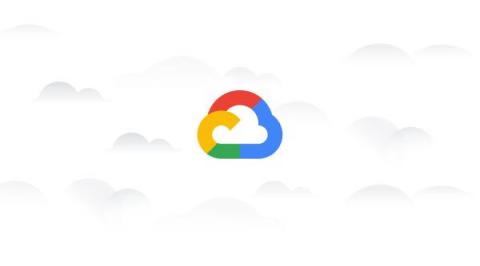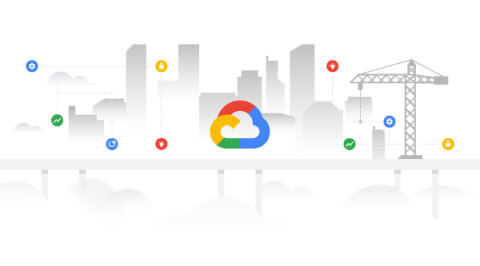Operations | Monitoring | ITSM | DevOps | Cloud
January 2022
Configuring Cloud Operations on Google Cloud
Webhook, Pub/Sub, and Slack Alerting notification channels launched
When an alert fires from your applications, your team needs to know as soon as possible to mitigate any user-facing issues. Customers with complex operating environments rely on incident management or related services to organize and coordinate their responses to issues. They need the flexibility to route alert notifications to platforms or services in the formats that they can accept.
Creating custom notifications with Cloud Monitoring and Cloud Run
The uniqueness of each organization in the enterprise IT space creates interesting challenges in how they need to handle alerts. With many commercial tools in the IT Service Management (ITSM) market, and lots of custom internal tools, we equip teams with tools that are both flexible and powerful. This post is for Google Cloud customers who want to deliver Cloud Monitoring alert notifications to third-party services that don’t have supported notification channels.
Patterns for better insights and troubleshooting with hybrid cloud logs
Hybrid and multi-cloud environments produce a boundless array of logs including application and server logs, logs related to cloud services, APIs, orchestrators, gateways and just about anything else running in the environment. Due to this high volume, logging systems may become slow and unmanageable when you urgently need them to troubleshoot an issue, and even harder to use them to get insights.
How to deploy the Google Cloud Ops Agent with Ansible
Site Reliability Engineering (SRE) and Operations teams responsible for operating virtual machines (VMs) are always looking for ways to provide a more reliable, more scalable environment for their development partners. Part of providing that stable experience is having telemetry data (metrics, logs and traces) from systems and applications so you can monitor and troubleshoot effectively. Many Google Cloud services, including Google Compute Engine, provide basic system metrics out of the box.







